Marketers are constantly seeking innovative ways to capture leads and drive conversions. One effective strategy is gamified lead generation, which leverages the power of psychology to engage potential customers. By incorporating game design elements into the lead generation process, businesses can create a more interactive and enjoyable experience for their audience.

Gamification taps into human psychology, exploiting our natural desire for competition, achievement, and rewards. This approach not only enhances user experience but also encourages participation and fosters brand loyalty. As a result, gamified lead generation has become a valuable tool in modern marketing strategies.
Table of Contents
How Does Gamification Enhance Customer Loyalty?
Gamification enhances customer loyalty by transforming ordinary interactions with a brand into engaging, rewarding experiences that motivate repeat behavior. By incorporating game-like elements such as points, badges, leaderboards, and challenges, businesses create a sense of achievement and progress that resonates with customers on an emotional level. This not only increases engagement but also fosters a deeper connection to the brand, as customers feel recognized and rewarded for their participation. Additionally, gamification encourages healthy competition and social sharing, prompting customers to interact more frequently and advocate for the brand within their networks. Over time, these positive experiences build trust, emotional attachment, and habit formation, which together strengthen long-term loyalty and reduce the likelihood of customers switching to competitors. Ultimately, gamification turns routine transactions into memorable, enjoyable journeys, making customers more invested in maintaining their relationship with the brand.
How Can Businesses Personalize Gamified Experiences?
Businesses can personalize gamified experiences by leveraging data-driven insights to tailor challenges, rewards, and content to individual user preferences and behaviors. By analyzing customer interactions, purchase history, and engagement patterns, companies can create game elements that resonate with specific segments or even individual users, such as personalized quests, levels, or leaderboards. Additionally, incorporating adaptive difficulty levels ensures that the experience remains engaging without being frustrating, catering to both novice and experienced users. Personalization can also extend to rewards, allowing users to choose incentives that are meaningful to them, whether it’s discounts, exclusive content, or social recognition. Furthermore, integrating social features that reflect a user’s connections and interests can enhance motivation and foster community, making the gamified experience feel more relevant and immersive. Ultimately, this approach not only increases engagement but also strengthens customer loyalty by creating a sense of individual value and recognition within the gamified system.
Are You Ready to Transform Your Lead Generation Strategy Through Gamification?
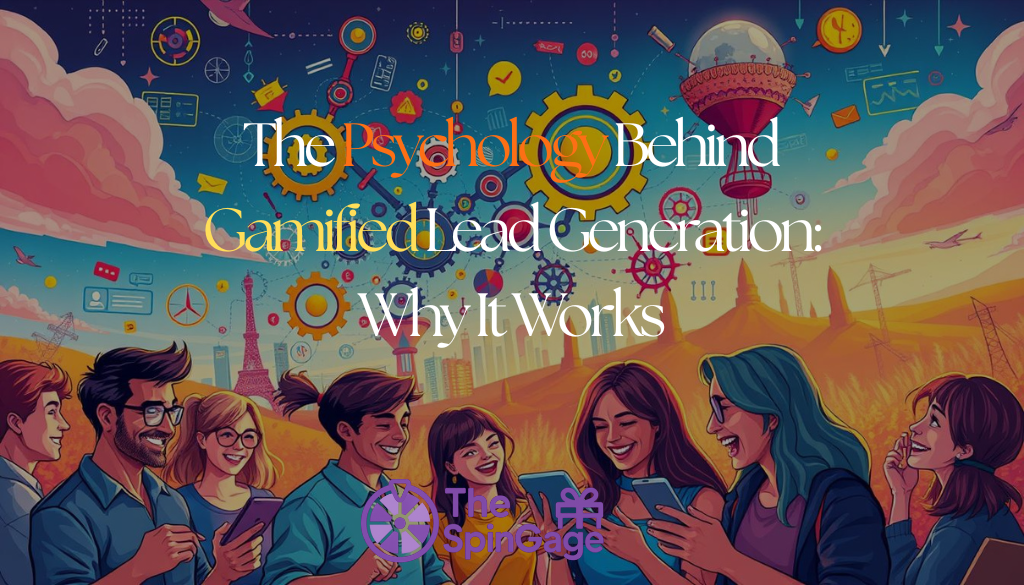
Imagine turning every potential lead into an engaged participant who not only interacts with your brand but actively seeks to connect with you. Gamified lead generation taps into the psychology of human motivation, leveraging our natural desires for achievement, competition, and rewards to create experiences that are both enjoyable and highly effective. By integrating game mechanics such as challenges, progress tracking, leaderboards, and personalized rewards, businesses can dramatically increase engagement, conversions, and long-term loyalty. From the dopamine-driven thrill of rewards to the strategic use of FOMO, social proof, and cognitive biases, gamification transforms ordinary lead capture into an immersive journey that captivates your audience at every step. With adaptive personalization and a focus on intrinsic and extrinsic motivation, you can provide meaningful, interactive experiences that keep your leads coming back, nurturing them into loyal customers and brand advocates.
How can Thespingage enhance my lead generation efforts?
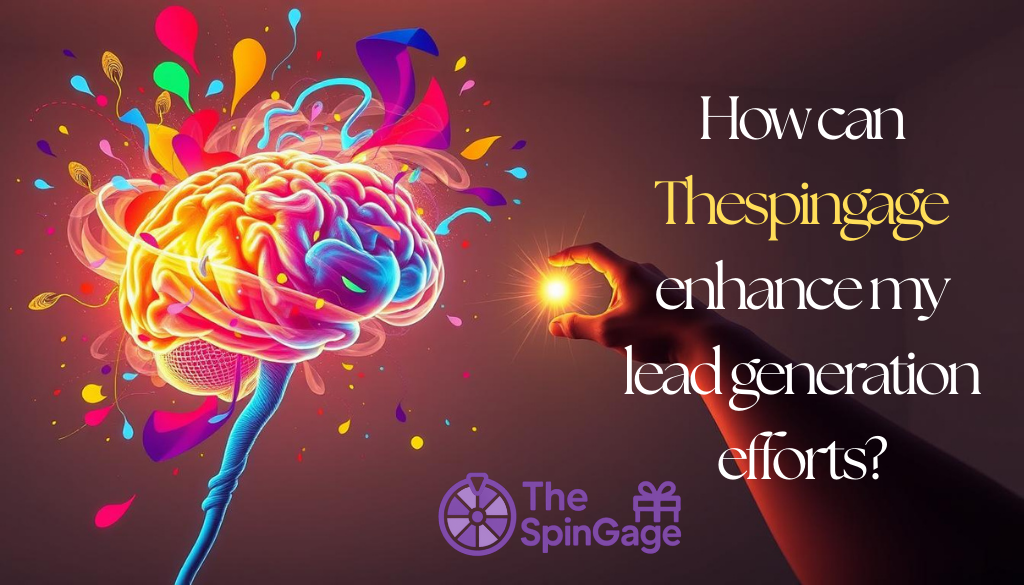
Thespingage can significantly enhance your lead generation efforts by providing a highly targeted and data-driven approach to connecting with potential clients. By leveraging advanced analytics and audience segmentation, it allows you to identify and engage prospects who are most likely to convert, ensuring that your marketing resources are focused on high-quality leads rather than a broad, generalized audience. Additionally, Thespingage can streamline outreach through personalized messaging and automated workflows, increasing response rates and nurturing prospects through the sales funnel more efficiently. Its real-time insights and performance tracking also enable continuous optimization, allowing you to refine your strategies, test different approaches, and ultimately improve your conversion rates. By integrating Thespingage into your lead generation strategy, you can achieve a more consistent, scalable, and measurable approach to attracting and converting potential customers.
How does SpinGage automate review collection?
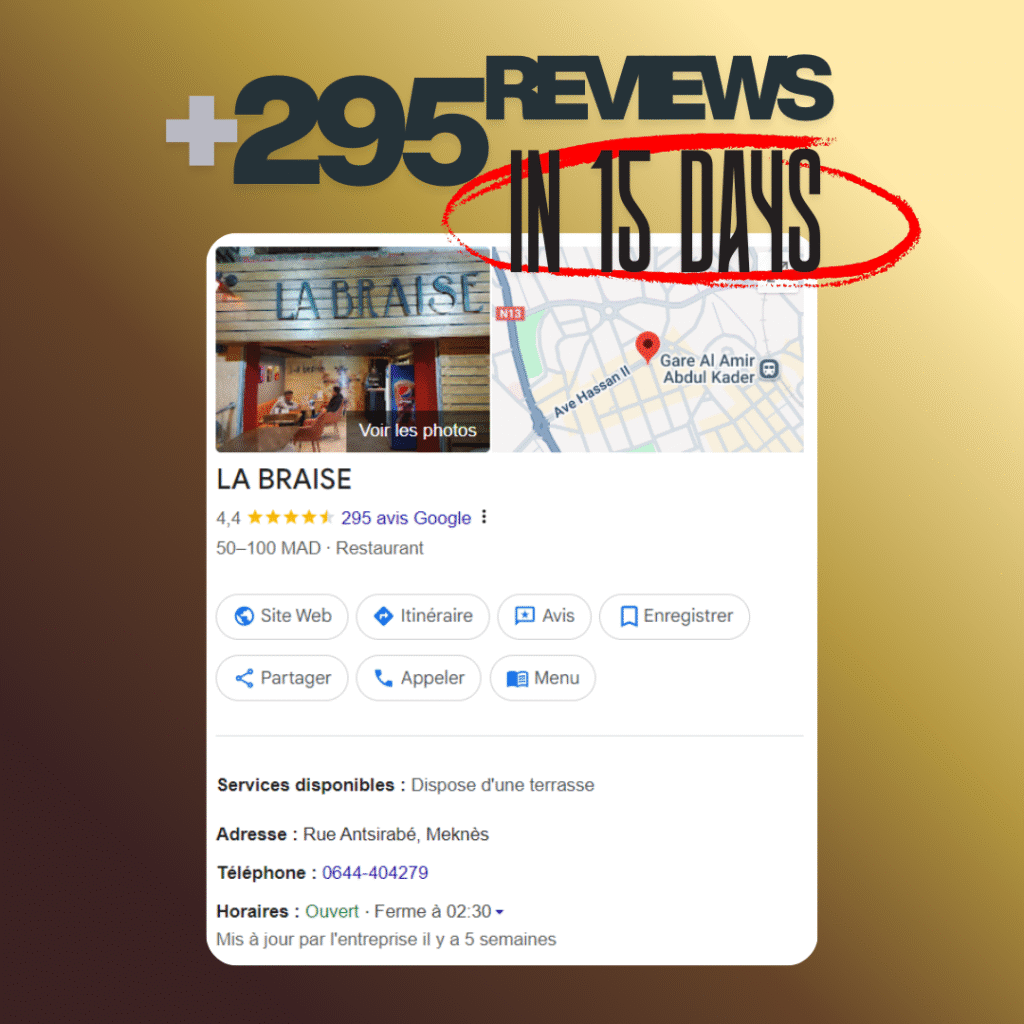
+295 REVIEWS IN JUST 15 DAYS :
Labraise is a restaurant that gained more than 295 new customer reviews and increased their income by using TheSpinGage solution.
They placed a flyer with a QR code on every table, allowing each diner to scan and spin the wheel. Labraise used a 100% winning ratio plan, where customers always won either 10% off their meal or a free soda.
This simple gamification encouraged guests to leave reviews, boosted loyalty, and kept customers coming back.

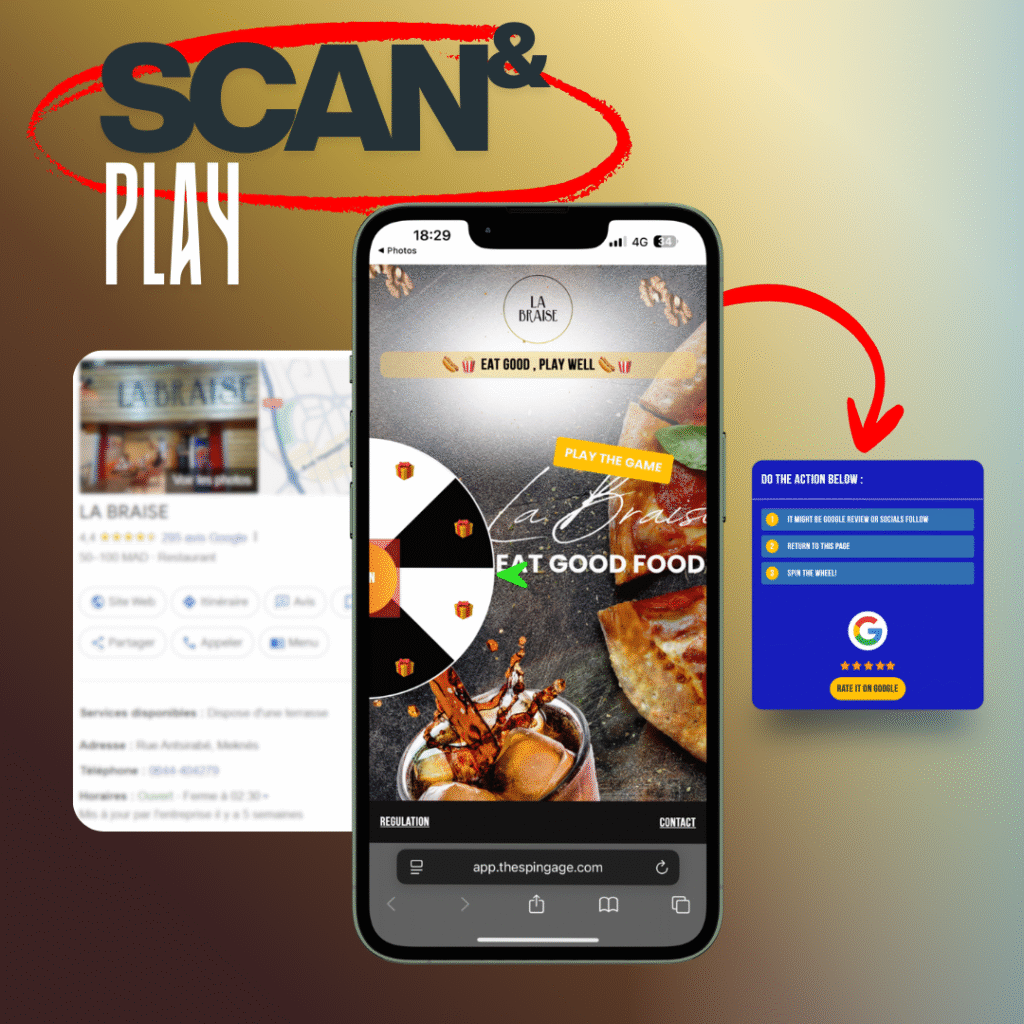
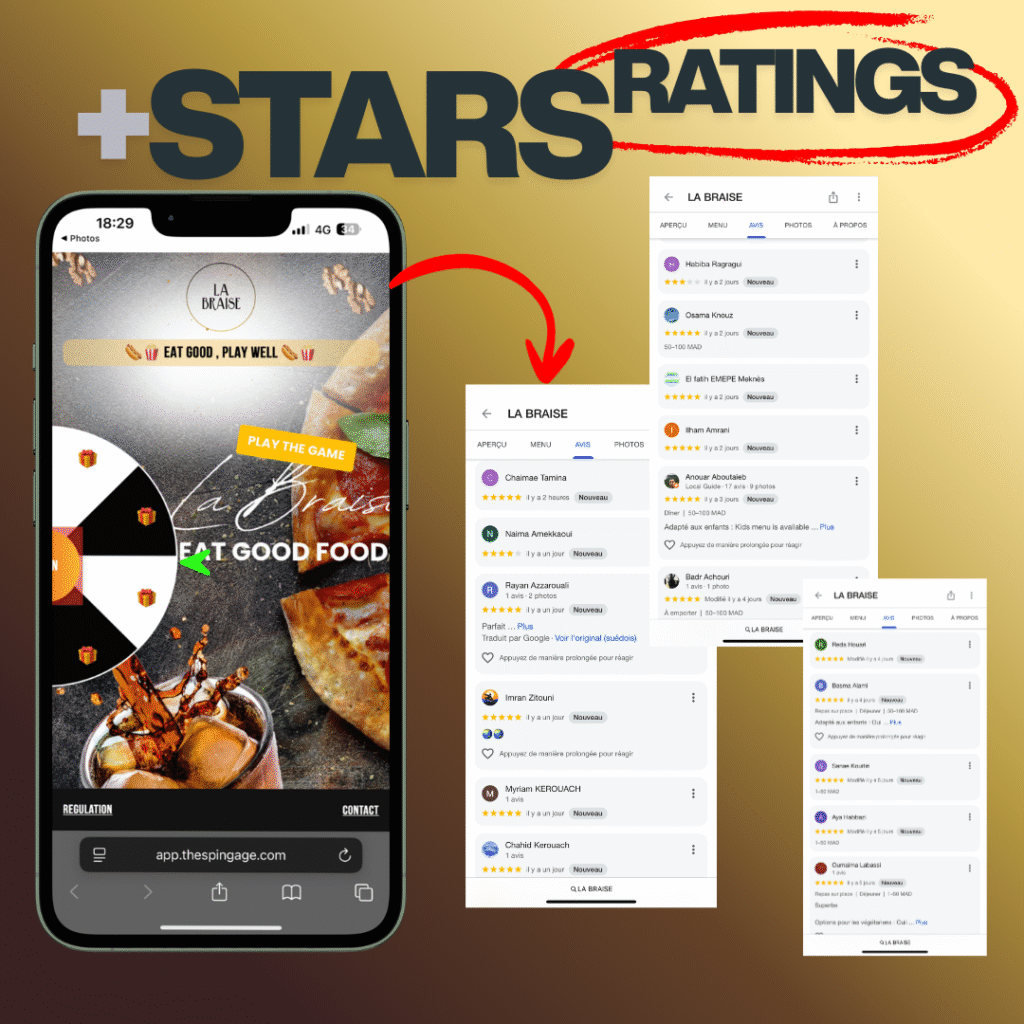
HOW IT WORKS IN 4 EASY STEPS ?
1 – Scan the QR Code
Clients simply scan the QR code placed on the table or provided directly by you.
2- Take Action First
To unlock the gameplay, they must complete the required action.
3- Spin the Wheel
Once unlocked, they spin the wheel to test their luck.
4- Win Rewards
If they win, a QR code is instantly sent to their email. If not, nothing happens. In both cases, the game is locked for 24 hours, ensuring fairness and excitement for the next try.
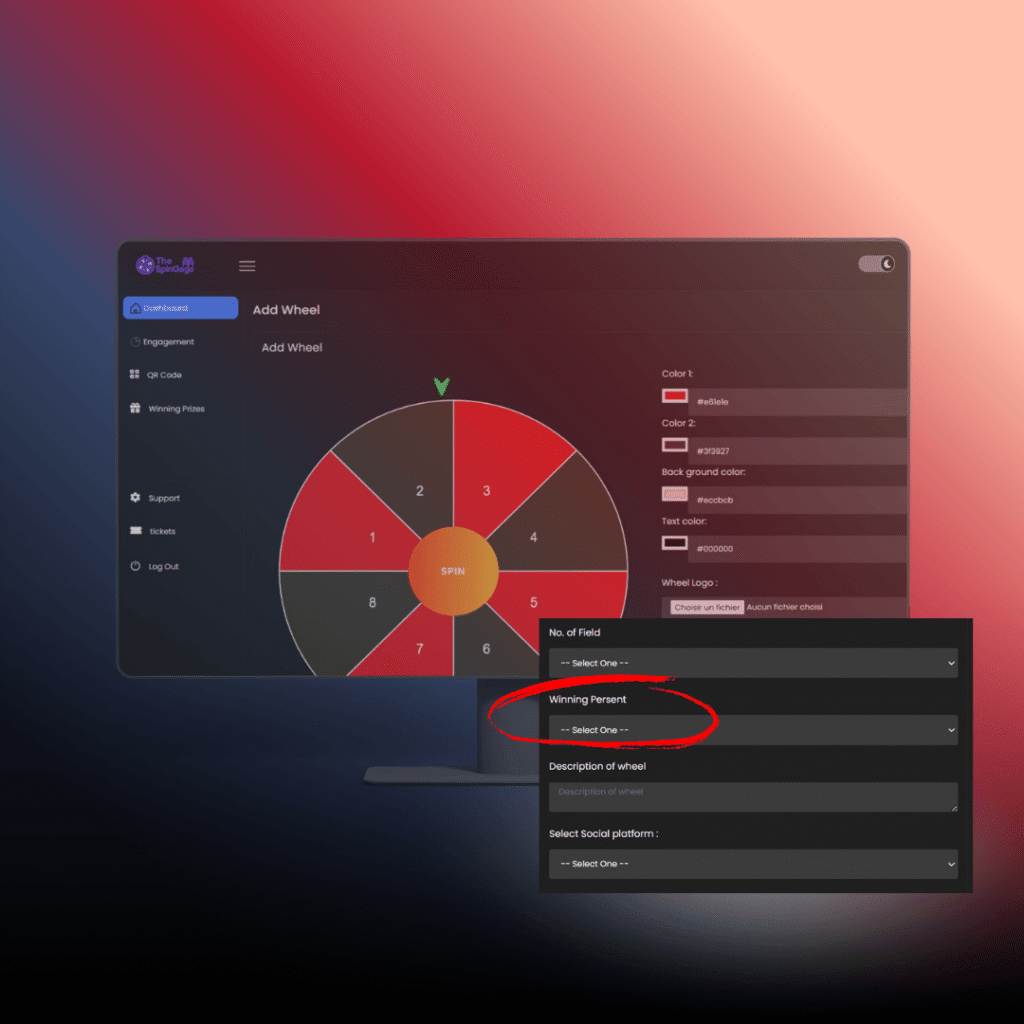
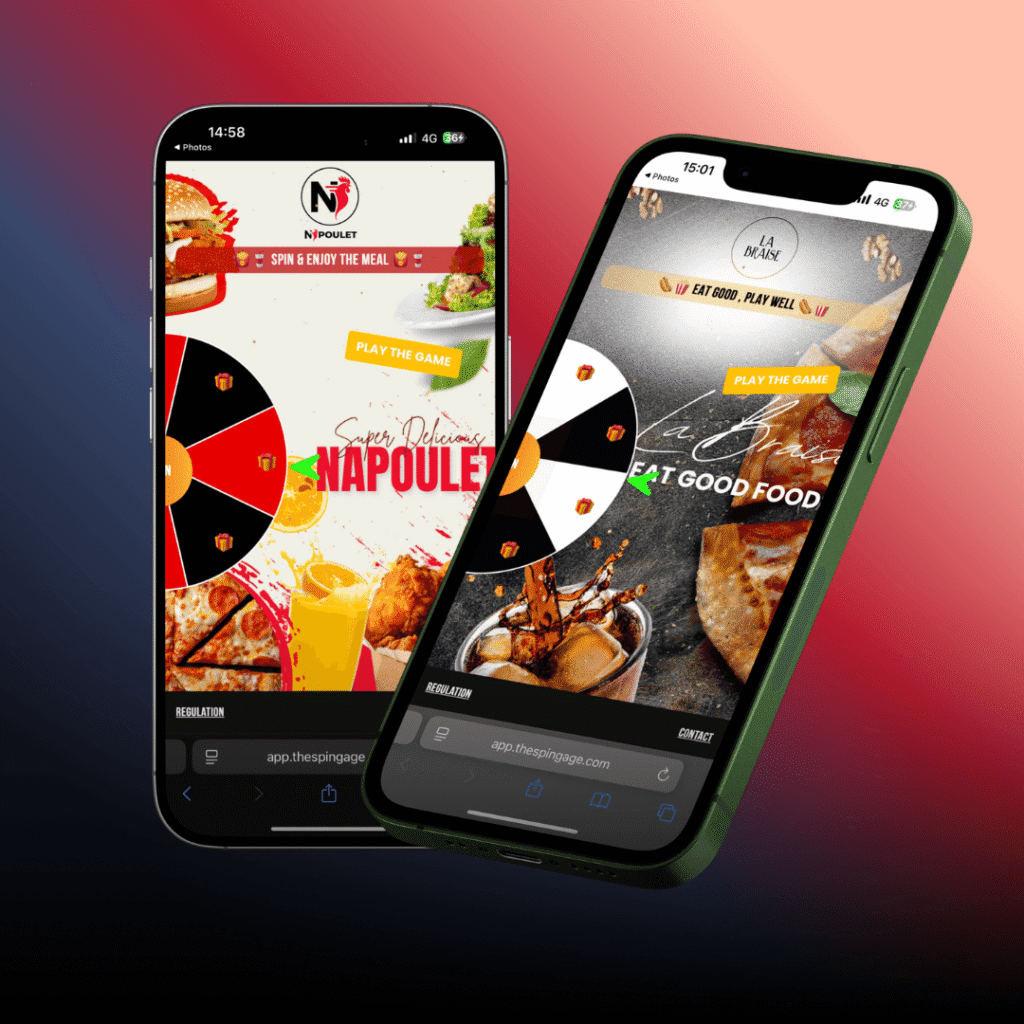
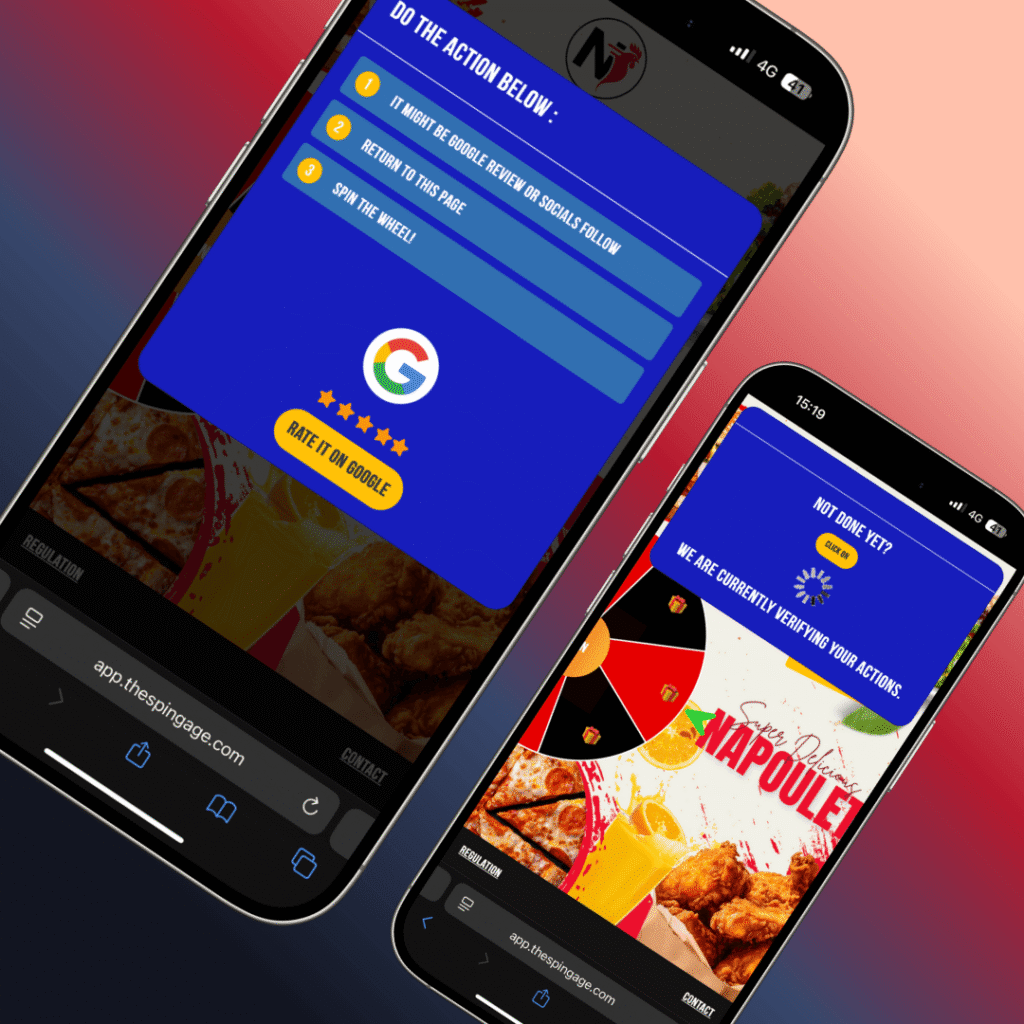
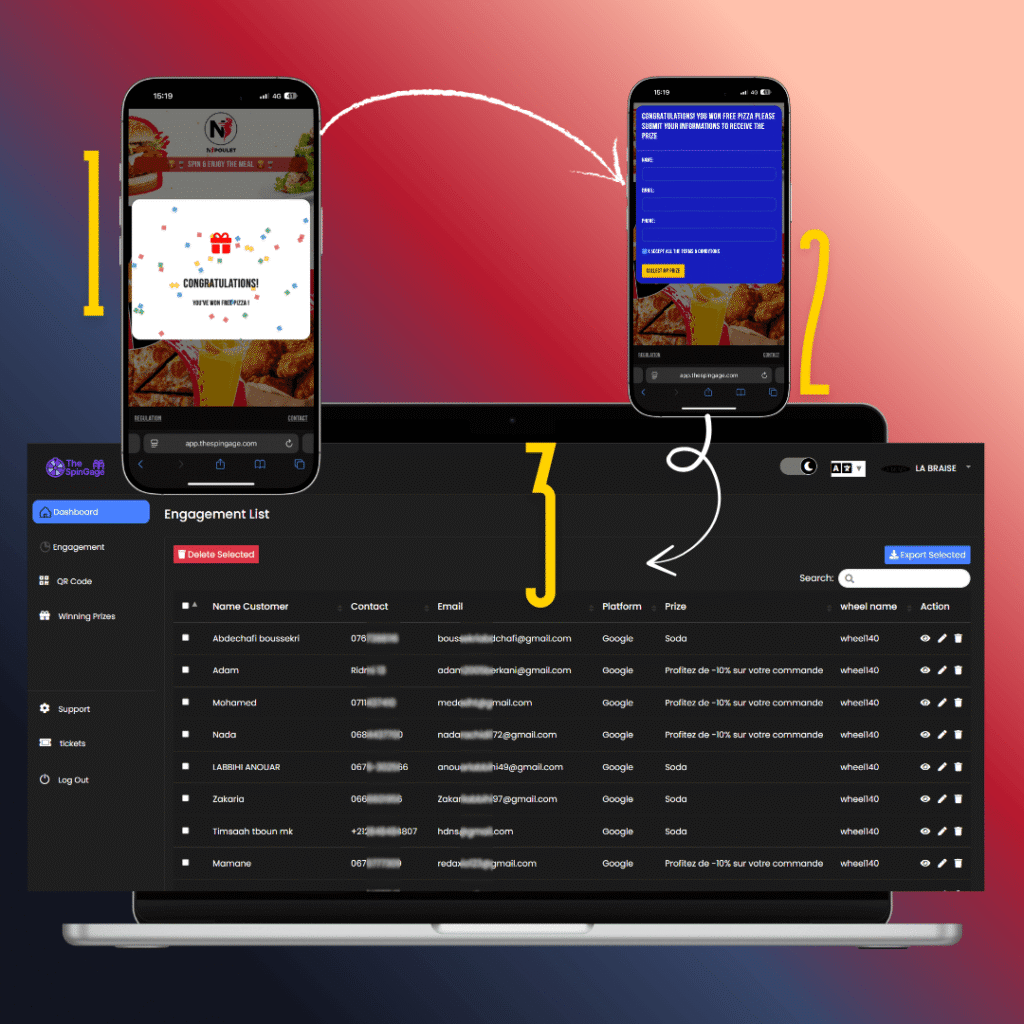
🛠️ Flexible Tracking Options
Track platform Top performing .
Track the wheel segments (number of prizes, Winner Gameplay).
Number of Plays , Track top performing wheel
Set up expiration dates for vouchers and offers.
Get Acces to LEADS , Extraxt & Modiify it .
Why You Should Opt for TheSpinGage Solution
Running a business today is not just about serving customers – it’s about creating memorable experiences that keep them coming back and spreading the word. That’s exactly what TheSpinGage delivers.
🎯 Stand Out from Your Competitors
Most restaurants, cafés, and shops rely only on discounts or word of mouth. With TheSpinGage, you turn every visit into a fun, interactive moment that clients remember and talk about.
⭐ Collect More Positive Reviews
Google reviews are the new “digital reputation.” Our system motivates clients to leave reviews in exchange for a chance to win rewards – giving you the social proof that attracts new clients effortlessly.
💌 Grow Your Customer Database
Every spin is an opportunity to collect emails and data, helping you stay connected with your clients through newsletters, promotions, and loyalty campaigns.
🔄 Boost Loyalty and Repeat Visits
Customers love rewards. By making every visit a chance to win, you encourage repeat visits, turning occasional clients into loyal fans of your business.
⚡ 100% Simple & Automated
No technical headaches. Once installed, TheSpinGage works automatically – whether through QR codes on tables, flyers, or digital screens. You just set the rules, and the system does the rest.
👉 TheSpinGage isn’t just a tool – it’s your new customer magnet.
Increase engagement, grow your reviews, and build a strong database without spending more on ads.
📲 Activate TheSpinGage today and turn visitors into loyal, returning customers!
START TODAY
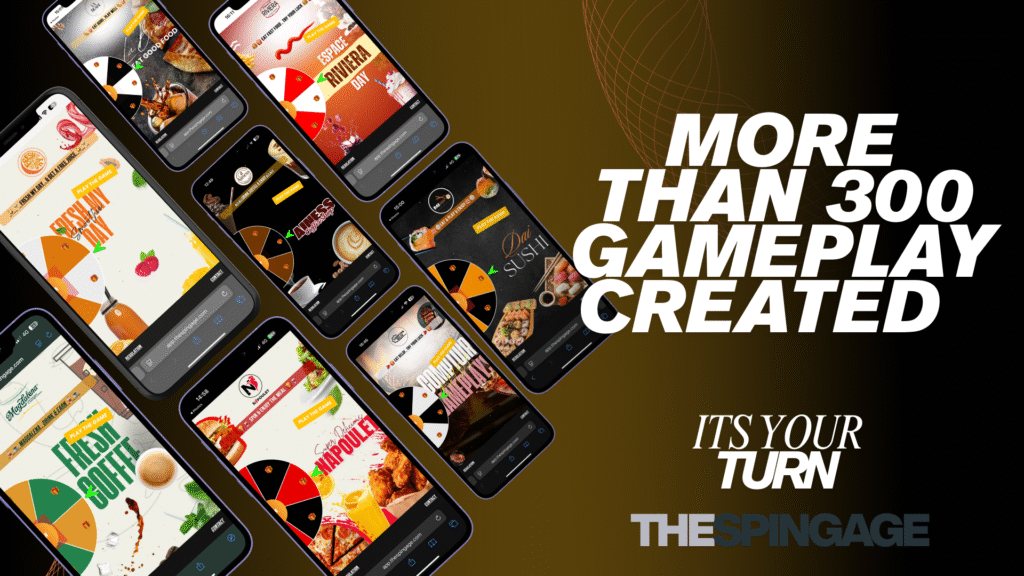
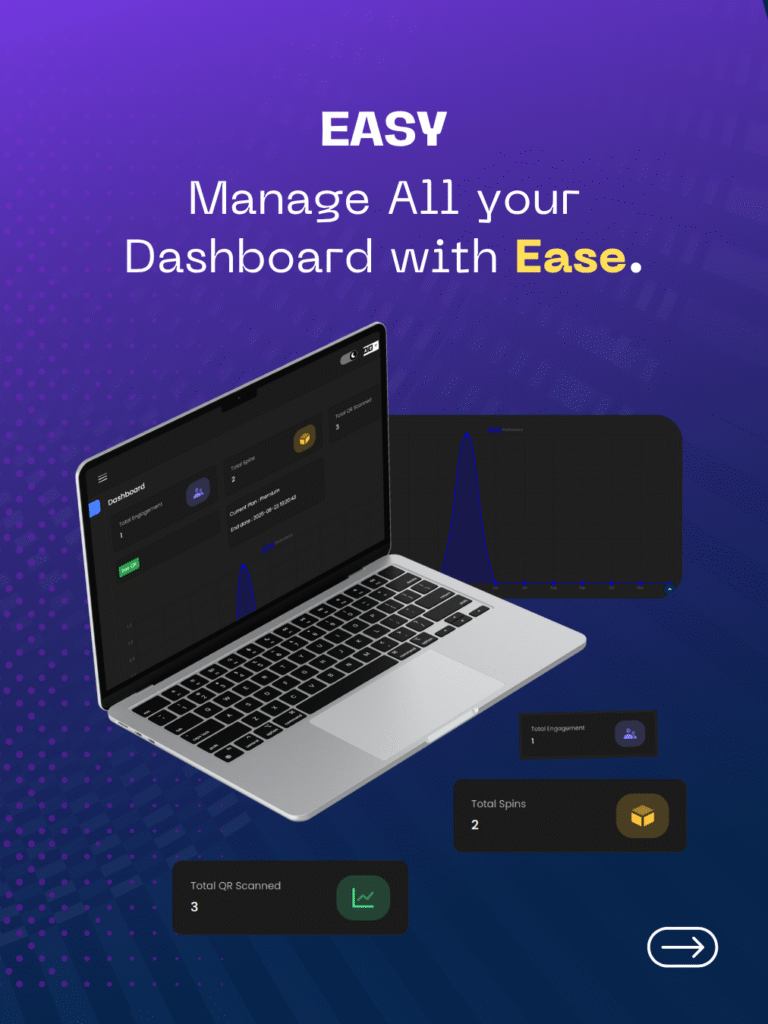
SpinGage automates review collection by seamlessly integrating with your business platforms to prompt customers for feedback at the right moment. It can automatically send personalized review requests via email or SMS after a purchase or service, making it easy for customers to share their experiences. This automation not only increases the volume of reviews but also ensures consistent and timely feedback, helping businesses maintain a strong online reputation without manual effort.
Stop relying on outdated, static forms and start using the science of engagement to elevate your marketing strategy.
Unlock the Power of Gamified Lead Generation Today
Start Your Gamified Journey Now
Understanding Gamified Lead Generation
The concept of gamification is transforming how businesses approach lead generation. By incorporating game design elements into marketing strategies, companies can create more engaging and interactive experiences for potential customers.
What Is Gamification in Marketing?
Gamification in marketing involves using game mechanics to drive customer engagement and encourage desired behaviors. This can include rewards, challenges, and leaderboards that make the lead generation process more enjoyable and interactive.
How Gamification Transforms Lead Generation
Gamification transforms lead generation by making it more engaging and less intrusive. By providing value through interactive experiences, businesses can capture leads more effectively.
Key Elements of Successful Gamified Campaigns
Successful gamified campaigns often include elements such as rewards, challenges, and user progression. These elements work together to create an engaging experience that motivates users to participate and provide their information.
The Psychology Behind Gamified Lead Generation: Why It Works
The effectiveness of gamified lead generation lies at the intersection of psychology and marketing. By understanding how psychological principles drive user behavior, marketers can create more engaging and effective lead generation campaigns.
The Intersection of Psychology and Marketing
Gamified lead generation combines elements of psychology and marketing to create experiences that captivate users. Psychological principles such as motivation, rewards, and feedback loops are integral to the success of these campaigns. Marketers who understand these principles can design experiences that resonate with their target audience.
Core Psychological Drivers in Gamified Experiences
Gamified experiences tap into fundamental psychological drivers, including the desire for achievement, competition, and rewards. These drivers motivate users to engage with the gamified experience, increasing the likelihood of conversion.
The Science of Engagement and Conversion
The science behind engagement and conversion in gamified experiences involves understanding how users respond to different stimuli. For instance, rewards can trigger neurochemical responses that motivate users to continue engaging with the experience. A study on the effectiveness of gamification in marketing found that:
| Psychological Driver | Effect on Engagement | Effect on Conversion |
|---|---|---|
| Rewards | Increased motivation | Higher conversion rates |
| Competition | Enhanced user engagement | Improved lead quality |
| Feedback Loops | Better user experience | Increased user retention |
As noted by expert marketers, “Gamification is not just about adding game elements to your marketing strategy; it’s about creating an experience that resonates with your audience on a psychological level.”
“The key to successful gamification is understanding the psychological drivers of your target audience and designing experiences that tap into those drivers.”
The Dopamine Effect: Rewards and Motivation
The strategic use of rewards in gamified lead generation taps into the brain’s dopamine-driven motivation systems. Rewards are a crucial element in motivating users to engage with a product or service.
How Rewards Trigger Neurochemical Responses
When users receive rewards, it triggers a neurochemical response in the brain, releasing dopamine, a neurotransmitter associated with pleasure and motivation. This dopamine release encourages users to repeat the behavior that led to the reward, creating a cycle of engagement.
Creating Reward Systems That Convert
To create effective reward systems, marketers must understand what drives user motivation. By offering rewards that are meaningful and relevant to their target audience, businesses can increase user engagement and conversion rates.
Variable Rewards: The Slot Machine Effect
One effective strategy is to use variable rewards, which create a psychological response similar to the slot machine effect. This unpredictability keeps users engaged, as they are motivated to continue participating in hopes of receiving a reward.
- Variable rewards create anticipation and excitement.
- Unpredictable rewards can lead to increased user engagement.
- This strategy leverages the psychological principle of variable ratio scheduling.
By incorporating variable rewards into their gamified lead generation strategies, marketers can create a more engaging and motivating experience for users.
The Power of Competition and Achievement
Competition and achievement are fundamental drivers of human motivation, and when harnessed correctly, they can significantly boost engagement in gamified lead generation. By understanding how to leverage these elements, marketers can create more effective campaigns.
Leveraging Competitive Instincts
Tapping into users’ competitive nature can be a powerful motivator. By introducing competitive elements, such as challenges or contests, businesses can encourage users to participate more actively in lead generation activities.
Achievement Badges and Status Indicators
Achievement badges and status indicators are visual representations of a user’s progress. They not only provide a sense of accomplishment but also motivate users to continue engaging with the gamified experience to unlock more badges or achieve higher status.
Leaderboards and Progress Bars as Motivational Tools
Leaderboards and progress bars are effective tools for fostering competition and tracking progress. Leaderboards rank users based on their performance, while progress bars show how close users are to achieving their goals. Both elements can be highly motivating, encouraging users to strive for more.

Intrinsic vs. Extrinsic Motivation in Gamified Marketing
Understanding the interplay between intrinsic and extrinsic motivation is crucial for creating effective gamified marketing campaigns. Gamification, by its nature, often incorporates elements that appeal to both types of motivation to drive user engagement and conversion.
Understanding Different Motivational Drivers
Intrinsic motivation refers to the internal drive that prompts individuals to engage in activities for the sake of personal satisfaction or enjoyment. In contrast, extrinsic motivation is driven by external factors such as rewards, recognition, or social pressure. Gamified marketing strategies that effectively balance these motivations can lead to more sustainable user engagement.

Balancing Internal and External Rewards
A key challenge in gamified marketing is striking the right balance between intrinsic and extrinsic rewards. While extrinsic rewards such as badges, points, or discounts can initially attract users, intrinsic motivators like the joy of playing a game or the satisfaction of achieving a goal can foster long-term engagement. By understanding what drives their audience, marketers can design gamified experiences that nurture both types of motivation.
Creating Sustainable Engagement Through Intrinsic Value
To create sustainable engagement, marketers should focus on providing intrinsic value to users. This can be achieved by making the gamified experience enjoyable, challenging, and rewarding in its own right. By doing so, marketers can reduce dependence on extrinsic rewards and cultivate a loyal user base driven by intrinsic motivation.
The FOMO Factor: Scarcity and Urgency
FOMO, or the fear of missing out, is a crucial psychological driver that can be harnessed in gamified marketing to drive user engagement and conversions. By creating a sense of scarcity and urgency, businesses can motivate users to take action more quickly.
Creating Time-Limited Opportunities
One effective way to leverage FOMO is by creating time-limited opportunities. This can be achieved through limited-time offers, special promotions, or exclusive deals that expire after a certain period. By doing so, businesses can encourage users to make decisions faster, rather than delaying them.

Exclusive Access as a Conversion Tool
Providing users with exclusive access to certain content, products, or services can also trigger FOMO. This can be particularly effective when combined with scarcity tactics, such as limited-edition products or exclusive offers for a limited time.
Countdown Timers and Limited-Edition Offers
To further enhance the sense of urgency, businesses can use countdown timers and limited-edition offers. Countdown timers visually represent the limited time available for an offer, while limited-edition products create a sense of exclusivity and scarcity. A comparative analysis of different strategies is shown in the table below:
| Strategy | Description | Effectiveness |
|---|---|---|
| Countdown Timers | Visual representation of limited time | High |
| Limited-Edition Offers | Creates exclusivity and scarcity | High |
| Exclusive Access | Provides unique content or products | Medium-High |
By incorporating these strategies into their gamified lead generation campaigns, businesses can effectively leverage the FOMO factor to drive conversions and boost user engagement.
Cognitive Biases That Make Gamification Effective
The strategic use of cognitive biases is what makes gamification a powerful tool in lead generation. By understanding how these biases influence user behavior, marketers can design more effective gamified experiences.
Loss Aversion and Endowment Effect
Loss aversion is the tendency to prefer avoiding losses over acquiring equivalent gains. In gamification, this can be leveraged by framing outcomes as potential losses rather than gains. For instance, a gamified system might inform users about what they stand to lose if they don’t complete a task. The endowment effect, where users overvalue what they already possess, can also be utilized by giving users virtual goods or status that they can lose if they don’t continue engaging.
Commitment and Consistency Principle
The commitment and consistency principle states that people tend to follow through on their commitments and act consistently with their self-image. In gamification, this can be applied by getting users to make small initial commitments, such as signing up for a newsletter or completing a simple task. Once they’ve made this initial commitment, they’re more likely to continue engaging to remain consistent.
The Sunk Cost Fallacy in User Engagement
The sunk cost fallacy influences users to continue investing in a gamified experience because of the resources (time, money, effort) they’ve already committed. The more users invest, the more they are likely to continue, as they don’t want their initial investment to be in vain.
Anchoring and Framing in Game Design
Anchoring refers to the tendency to rely too heavily on the first piece of information offered when making decisions. In gamification, anchoring can be used by setting initial expectations or rewards that influence subsequent user behavior. Framing involves presenting information in a way that influences user perception. For example, a gamified system might frame a challenge as a “limited-time opportunity” to boost engagement.
By applying these cognitive biases, marketers can create gamified experiences that are not only engaging but also highly effective in driving user behavior.
The Flow State: Optimal User Experience
The flow state, a concept introduced by Mihaly Csikszentmihalyi, is pivotal in designing engaging lead generation games. It refers to the mental state in which a person is fully immersed in an activity, feeling energized and engaged.
Mihaly Csikszentmihalyi’s Flow Theory
Mihaly Csikszentmihalyi’s flow theory suggests that the optimal experience occurs when an individual’s skill level and the challenge at hand are balanced. This balance is crucial for maximizing user engagement. When the challenge is too high, and the skill level is low, users may experience anxiety. Conversely, if the challenge is too low, and the skill level is high, users may feel bored.
Designing for Flow in Lead Generation Games
To design for flow in lead generation games, it’s essential to create a progressive experience that adapts to the user’s skill level. This can be achieved by gradually increasing the difficulty level as the user progresses. Additionally, providing immediate feedback on the user’s actions helps maintain engagement.
Balancing Challenge and Skill for Maximum Engagement
Balancing challenge and skill is key to achieving the flow state. The following table illustrates how different combinations of challenge and skill level affect the user experience:
| Skill Level | Challenge Level | User Experience |
|---|---|---|
| Low | Low | Boredom |
| Low | High | Anxiety |
| High | Low | Relaxation |
| High | High | Flow State |
By understanding and applying the principles of flow state, marketers can create lead generation games that are not only engaging but also provide a satisfying user experience.
Social Proof and Community Dynamics
Gamified lead generation often relies on social proof to drive user engagement. By leveraging community dynamics, businesses can create a more engaging and persuasive experience for potential customers.
Leveraging Social Connections
Social connections play a vital role in shaping user behavior. When individuals see others participating in a gamified experience, they are more likely to join in. This phenomenon is known as social proof, where the actions of others influence an individual’s decisions.
Community-Based Incentives
Community-based incentives are another effective way to drive engagement. By offering rewards that are tied to community activities, businesses can foster a sense of belonging among users.
Referral Programs and Social Sharing Mechanics
Referral programs are a powerful tool in gamified lead generation. They encourage users to invite others to participate, creating a viral loop that can significantly expand a business’s reach.
| Community Feature | Description | Benefit |
|---|---|---|
| Referral Programs | Users are incentivized to refer friends | Increased user acquisition |
| Social Sharing | Users share their progress on social media | Enhanced brand visibility |
| Leaderboards | Users compete against each other | Increased user engagement |
Personalization: The Key to Deeper Engagement
Personalization is the linchpin of effective gamified lead generation, transforming user experiences into tailored journeys. By adapting to individual user behaviors and preferences, businesses can significantly enhance engagement and conversion rates.
Adaptive Difficulty and User Progression
One of the key aspects of personalization in gamified lead generation is adaptive difficulty. This involves adjusting the challenge level based on user performance, ensuring that the experience remains engaging but not overwhelming. User progression is another critical factor, as it allows users to feel a sense of achievement and advancement.
To illustrate the impact of adaptive difficulty, consider the following table:
| User Level | Challenge Level | Reward |
|---|---|---|
| Beginner | Easy | Badge |
| Intermediate | Medium | Points |
| Advanced | Hard | Exclusive Content |
Tailoring Experiences to Individual Preferences
Tailoring experiences to individual preferences involves using data to understand user behavior and tailor the gamified experience accordingly. This can include personalized recommendations, customized challenges, and relevant rewards.
Data-Driven Personalization Strategies
Data-driven personalization strategies are crucial for effective gamified lead generation. By leveraging user data, businesses can create highly targeted and engaging experiences.
For instance, using machine learning algorithms to analyze user behavior and adjust the gamified elements in real-time can significantly enhance user engagement.
Measuring Success: Metrics for Gamified Lead Generation
To determine the effectiveness of gamified lead generation campaigns, it’s crucial to understand the key metrics that drive success. Gamification can significantly enhance user engagement and conversion rates, but without the right metrics, it’s challenging to measure its true impact.
Engagement Metrics That Matter
Engagement metrics provide insights into how users interact with gamified elements. Key metrics include time spent on the gamified experience, number of interactions, and user progression through different levels or challenges. Tracking these metrics helps marketers understand what aspects of the gamification are most engaging and where improvements can be made.
Conversion Rate Optimization Through Gamification
Conversion rate optimization is a critical aspect of gamified lead generation. By incorporating game-like elements, marketers can increase the likelihood of converting leads into customers. A/B testing different gamified elements can help identify which components are most effective in driving conversions.
A/B Testing Gamified Elements
A/B testing involves comparing two versions of a gamified experience to determine which one performs better. This could involve testing different reward structures, challenge levels, or user interfaces. By systematically testing and refining gamified elements, marketers can optimize their campaigns for maximum conversion rates.
Long-Term Value Assessment and Customer Retention
Assessing the long-term value of customers acquired through gamified lead generation is essential for understanding the overall return on investment (ROI). This involves tracking customer retention rates, lifetime value, and repeat purchase behavior. By focusing on long-term value, marketers can ensure that their gamification strategies are not only driving short-term conversions but also building lasting customer relationships.
By focusing on these key metrics and continually optimizing gamified lead generation campaigns, marketers can achieve significant improvements in both short-term engagement and long-term customer value.
Conclusion: Implementing Effective Gamification Strategies
Gamification has emerged as a powerful tool in lead generation, driven by its ability to tap into fundamental psychological drivers. By understanding the psychology behind gamification, marketers can create engaging experiences that motivate users and drive conversions.
Effective gamification strategies involve a deep understanding of the target audience, leveraging elements such as rewards, competition, and social proof to encourage participation. Implementation requires a balanced approach, combining intrinsic and extrinsic motivators to sustain user engagement.
To successfully implement gamification strategies, businesses must focus on creating personalized experiences, adapting to individual user preferences, and continuously measuring success through key metrics. By doing so, companies can unlock the full potential of gamification, enhancing lead generation and driving long-term customer loyalty.
As the marketing landscape continues to evolve, the integration of gamification strategies will become increasingly important. By staying ahead of the curve and embracing the psychology behind gamification, businesses can develop innovative marketing campaigns that captivate audiences and drive results.
FAQ
What is gamified lead generation?
Gamified lead generation is a marketing strategy that uses game design elements and mechanics to engage and motivate potential customers, encouraging them to provide their contact information or take a desired action.
How does gamification improve lead generation?
Gamification improves lead generation by making the process more interactive, enjoyable, and rewarding, thus increasing user engagement and motivation to participate.
What are the key elements of a successful gamified campaign?
The key elements of a successful gamified campaign include rewards, challenges, user engagement, and feedback loops, which work together to motivate users and drive conversions.
What is the role of dopamine in gamified lead generation?
Dopamine is a neurochemical that plays a crucial role in motivation and pleasure, and gamified lead generation often leverages rewards and other elements to trigger dopamine release, driving user engagement and conversion.
How can I measure the success of a gamified lead generation campaign?
To measure the success of a gamified lead generation campaign, you can track engagement metrics, conversion rates, and customer retention, as well as conduct A/B testing to optimize gamified elements.
What is the importance of personalization in gamified lead generation?
Personalization is crucial in gamified lead generation as it allows you to tailor experiences to individual preferences, enhancing user engagement and driving deeper connections with your brand.
How can I create a sense of urgency in a gamified campaign?
You can create a sense of urgency in a gamified campaign by using time-limited opportunities, exclusive access, countdown timers, and limited-edition offers, which can drive conversions and motivate users to take action.
What is the flow state, and how can I design for it in lead generation games?
The flow state is a psychological state of optimal engagement, and you can design for it in lead generation games by balancing challenge and skill, providing an immersive and enjoyable experience that motivates users to participate.
How can I leverage social proof and community dynamics in gamified lead generation?
You can leverage social proof and community dynamics in gamified lead generation by using referral programs, social sharing mechanics, and community-based incentives, which can drive engagement and motivate users to participate.
What are some common cognitive biases that make gamification effective?
Some common cognitive biases that make gamification effective include loss aversion, the endowment effect, and the commitment and consistency principle, which can influence user behavior and drive conversions.



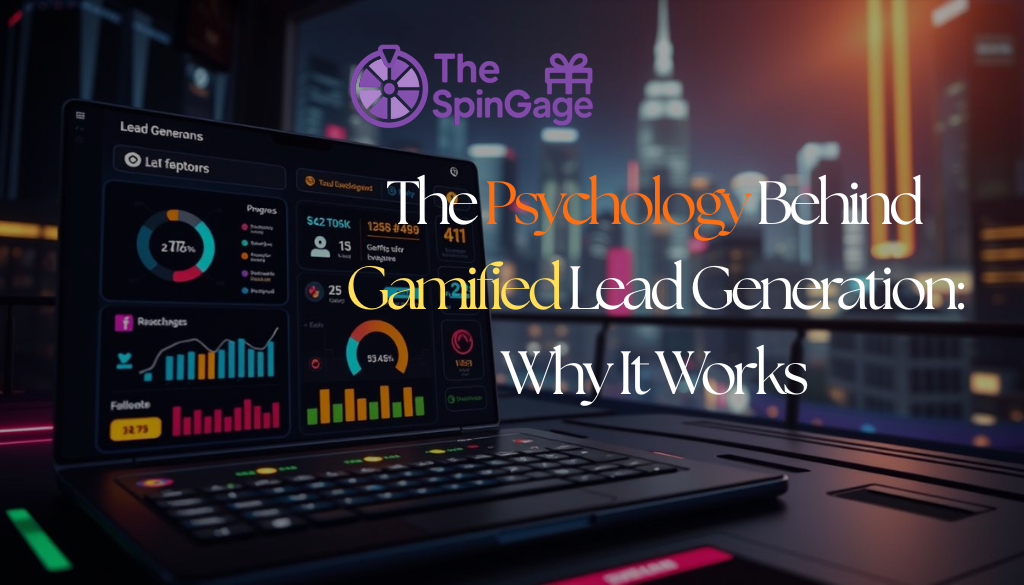


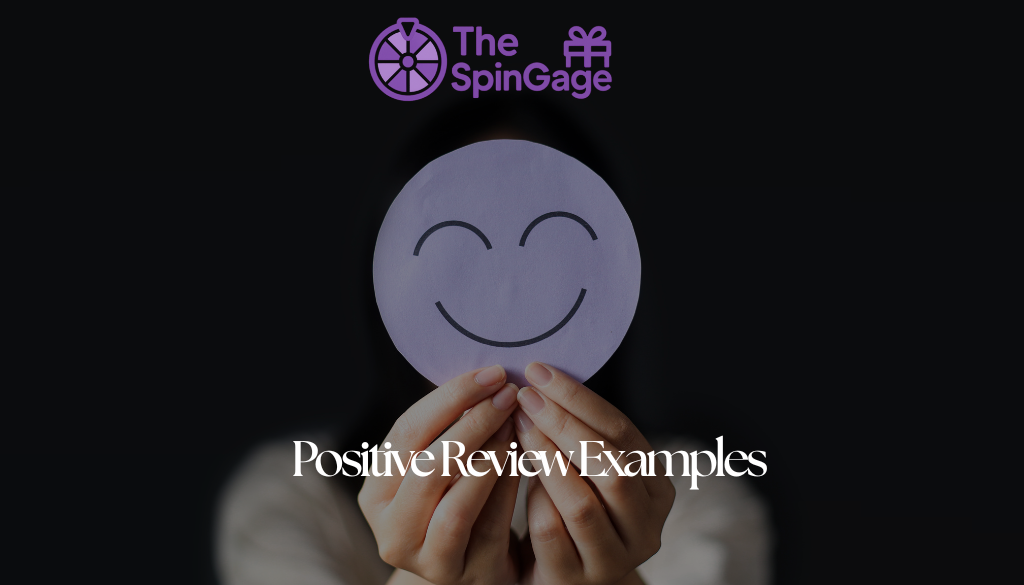
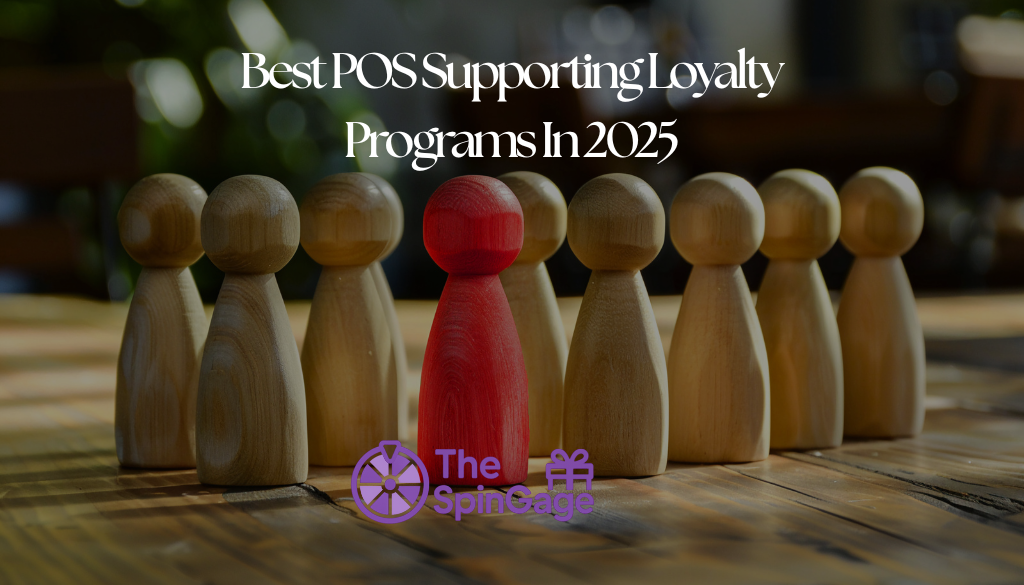
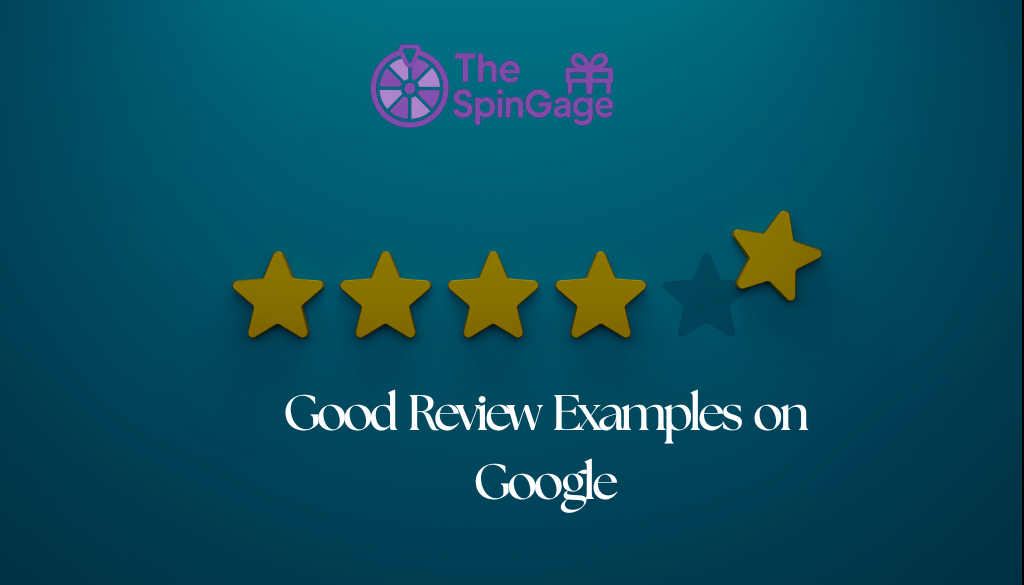

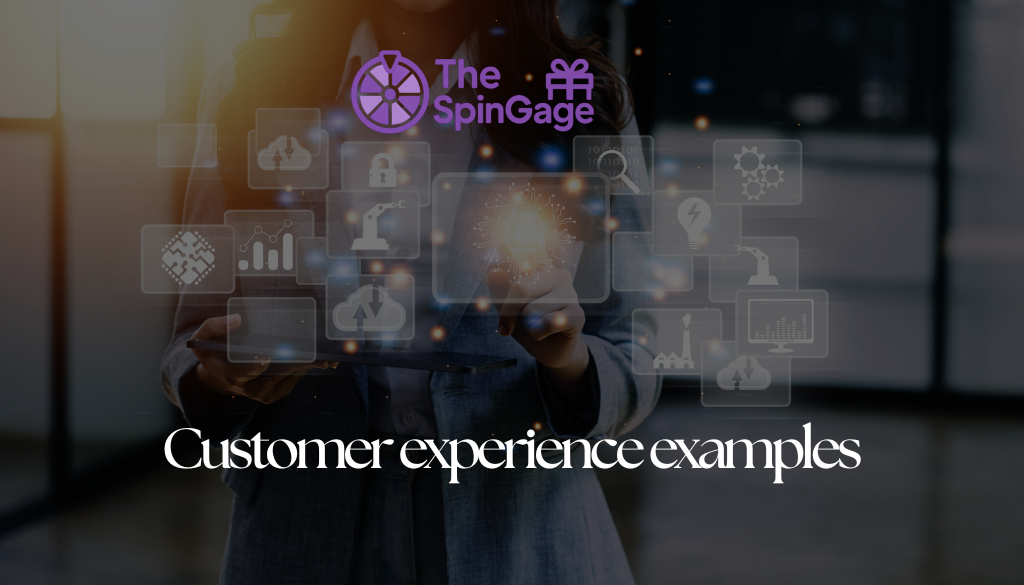
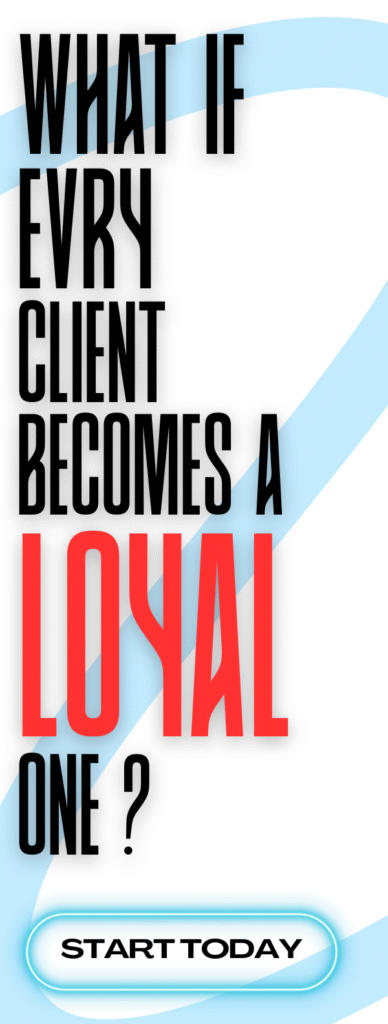
Leave a Reply